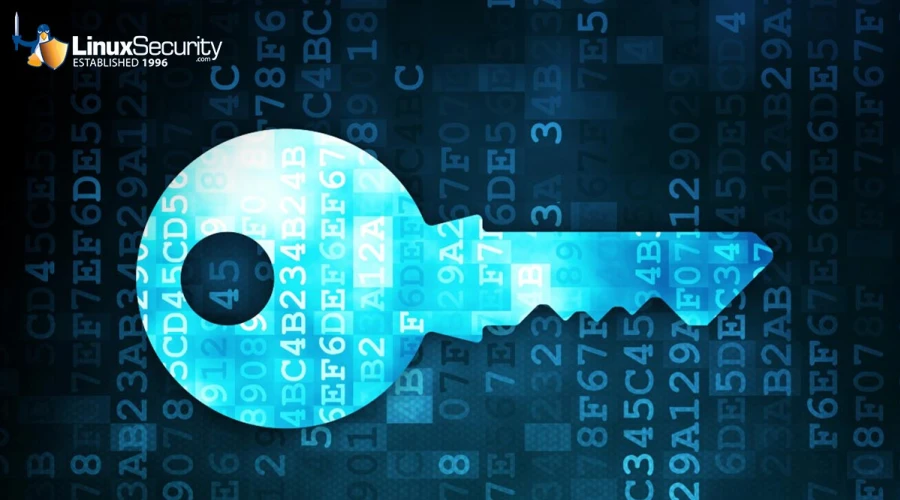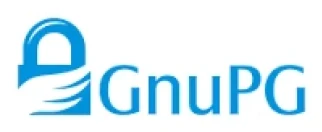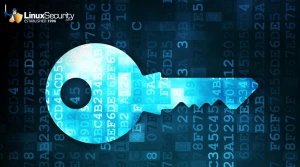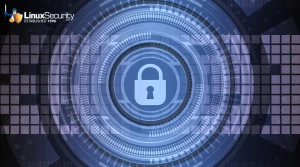From Setup to Encryption: Your Complete Guide to GnuPG

GnuPG, an open-source tool created to enhance security on Linux systems and other platforms, has become an essential component of our security toolbox as admins. But what exactly is GnuPG, and why should administrators consider it an integral component? I'll answer these questions and then explain how to install GnuPG and encrypt and decrypt files with this powerful tool!
What Is GnuPG & How Is It Used?
 GnuPG stands for GNU Privacy Guard and is an open-source implementation of OpenPGP. It offers robust encryption services to secure files and communications. Users can encrypt, decrypt, sign, and verify data locally and when communicating with third parties via public key directories, making GnuPG an essential tool for protecting digital security.
GnuPG stands for GNU Privacy Guard and is an open-source implementation of OpenPGP. It offers robust encryption services to secure files and communications. Users can encrypt, decrypt, sign, and verify data locally and when communicating with third parties via public key directories, making GnuPG an essential tool for protecting digital security.
GnuPG serves several essential purposes related to encryption and decryption, most often for email communications. It ensures that only recipients who possess the correct private key can read them. In addition, it can encrypt any data and make it unreadable by unauthorized parties without the appropriate decryption key.
Utilizing a public and private key pair system, the public key can be shared freely while its private key remains confidential. When data encryption occurs using one party's public key for transmission to another party's private key, only decryption can prevent interception or unauthorized access to sensitive information.
Why Should System Administrators Use GnuPG for Improved Security and Privacy?
System administrators assume an essential role in protecting their communications and data, making GnuPG an invaluable tool for admins looking to strengthen their privacy and security. GnuPG provides secure transmission of sensitive information across encrypted channels. Signing data allows one to authenticate its originator and confirm it has not been altered during transmission.
GnuPG provides flexibility and compatibility, supports multiple encryption algorithms, and complies with other systems using the OpenPGP standard.
How Can I Install GnuPG?
 GnuPG can be installed easily from most Linux distributions via their standard repositories. Ubuntu- and other Debian-based systems need only to use this command in their terminal to complete this installation process:
GnuPG can be installed easily from most Linux distributions via their standard repositories. Ubuntu- and other Debian-based systems need only to use this command in their terminal to complete this installation process:
sudo apt-get install gnupg -yFor Fedora-based systems, use:
sudo dnf install gnupg -yOnce installation is complete, the next step should be creating your initial key pair. This can be accomplished via either the command line or GUI. To generate one, use this command:
gpg --full-generate-keyOnce you select this option, you will be asked questions regarding key type, size, expiration, and other personal identification details. In general, it's safe to stick with defaults unless specific needs exist.
How Can I Encrypt & Decrypt Files With GnuPG?
Now that your key pair is prepared, you can use GnuPG to encrypt files. Say, for instance, you wish to encrypt mydocument.txt. Here is the command you would use:
gpg -e -r [YourEmail] mydocument.txtReplace [YourEmail] with the email address associated with your GPG key and run this command to encrypt mydocument.txt. Only those who know the private key can successfully decrypt it.
Decrypting files and accessing encrypted data are straightforward processes. Simply use:
gpg -d -o decrypted.txt encrypted.gpgGPG should prompt your passphrase to decrypt encrypted.gpg; decrypted.txt is its output file for decrypted content. Once this process has been completed, encrypted.gpg will become decrypted as expected, and decrypted content can be seen within decrypted.txt.
Final Thoughts on Boosting Security and Privacy with GnuPG
With cyber threats evolving, tools like GnuPG are invaluable for safeguarding data confidentiality and integrity. Not limited to file encryption alone, it provides additional protection against email and digital communication attacks. Integrating GnuPG into security practices helps administrators significantly mitigate the risks associated with data breaches or unauthorized access, helping ensure sensitive information remains private and safe from prying eyes. With the simple steps I've outlined here, even novice users of GnuPG can quickly begin safeguarding their digital environment, making GnuPG an essential tool for any security-minded individual or administrator.
















